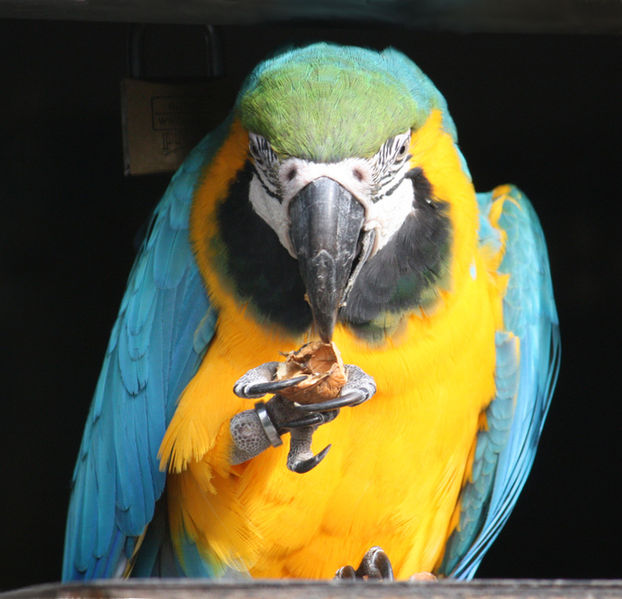In caring for birds at home and in zoos, I have found that having emergency care items  on hand has often prevented minor mishaps from turning into disasters. Supplements that aid in preventative health care are also essential. Today I have assembled a list of products that parallel those used in public aviaries, and which should be every private bird keeper’s possession.
on hand has often prevented minor mishaps from turning into disasters. Supplements that aid in preventative health care are also essential. Today I have assembled a list of products that parallel those used in public aviaries, and which should be every private bird keeper’s possession.
Bird First Aid Kit
The VSI Bird First Aid Kit is stocked with powdered styptic, bandages, antiseptic wipes, forceps and many other useful products, this kit has everything you need to deal with minor emergencies. The emergency card included in the kit is most helpful.
Nutritional Supplements
Lafeber Powdered Vitamins can be used on a daily basis, and are especially useful in that they can be applied to food or water.
Virbac Vita Flight Supplement is flavored with fruit and therefore well-accepted by many birds. It is designed for use during stressful times, such as when a bird has been re-located or is molting, breeding or recovering from an illness. Another of Virbac’s products, Ornabac, is fortified with extra Vitamin B, an important nutrient during especially stressful events.
Feather and Skin Care
Feather Glo Bird Bath helps to keep both skin and feathers in good shape, while Feather Brite Bird Bath Spray contains lanolin and aloe to assist in soothing irritated skin.
Scalex Mite and Lice Spray should always be on hand to address external parasites.
Bitter Apple has long been favored as a means of discouraging feather plucking. It is most effective when applied as soon as plucking commences, and therefore should always be on hand.
Beak Conditioning
Disguised as an attractive toy, the volcanic pumice in Four Paws’ Pumice Kabob is one of the most effective materials for keeping bird beaks naturally trimmed and in prime condition.
Further Reading
I’ve written a number of other articles addressing bird medicine and health. Please see The Diagnosis and Treatment of Ailments Afflicting Cage Birds and the articles referenced there for more information.
Scarlet macau image referenced from wikipedia and originally posted by VC-s.
 That Bird Blog – Bird Care and History for Pet Birds
That Bird Blog – Bird Care and History for Pet Birds

 Even the smallest lovebird can deliver a painful bite, and larger parrots are capable of inflicting serious injuries. If a parrot bites and holds on, you must respond appropriately in order to limit the bite’s severity.
Even the smallest lovebird can deliver a painful bite, and larger parrots are capable of inflicting serious injuries. If a parrot bites and holds on, you must respond appropriately in order to limit the bite’s severity.